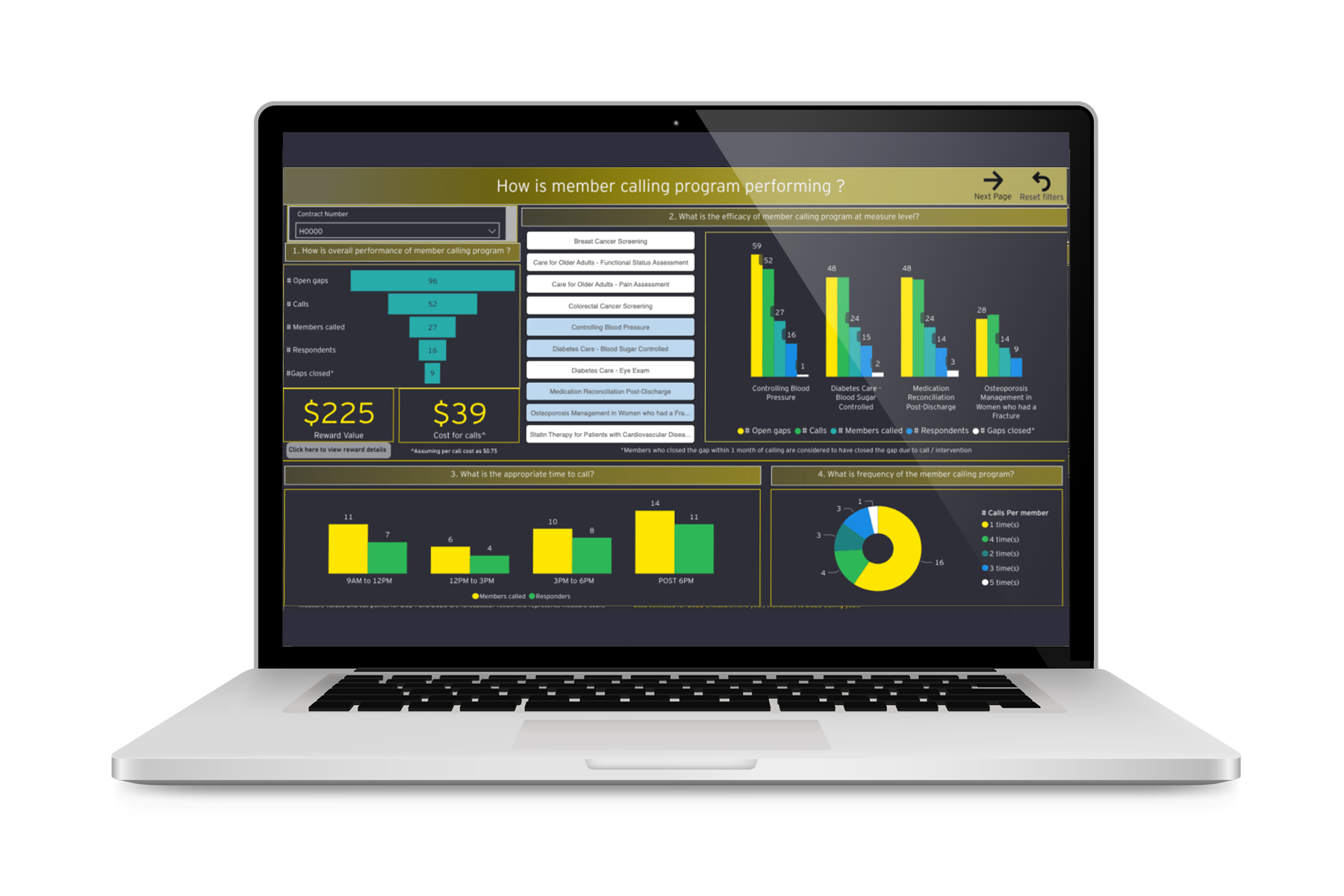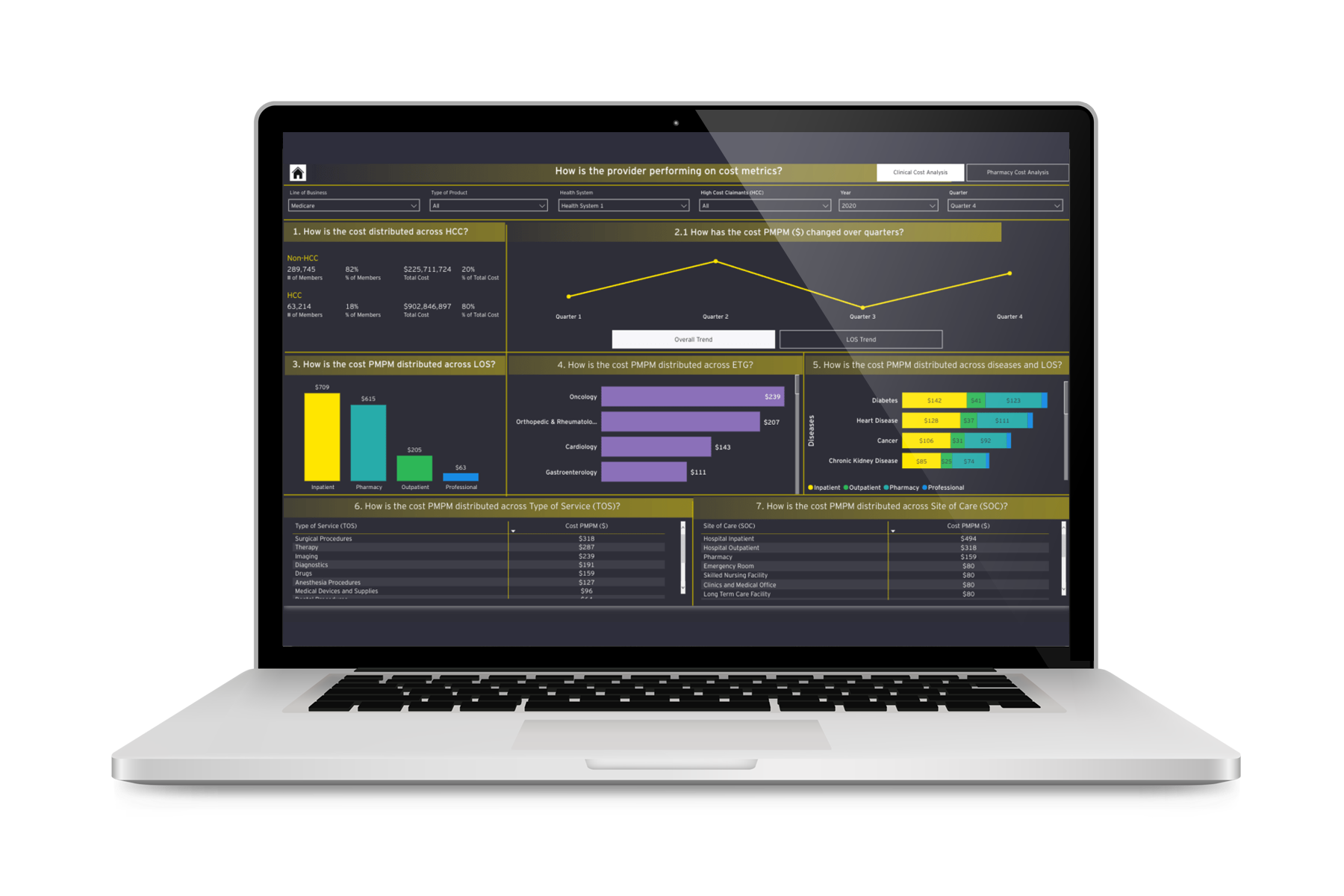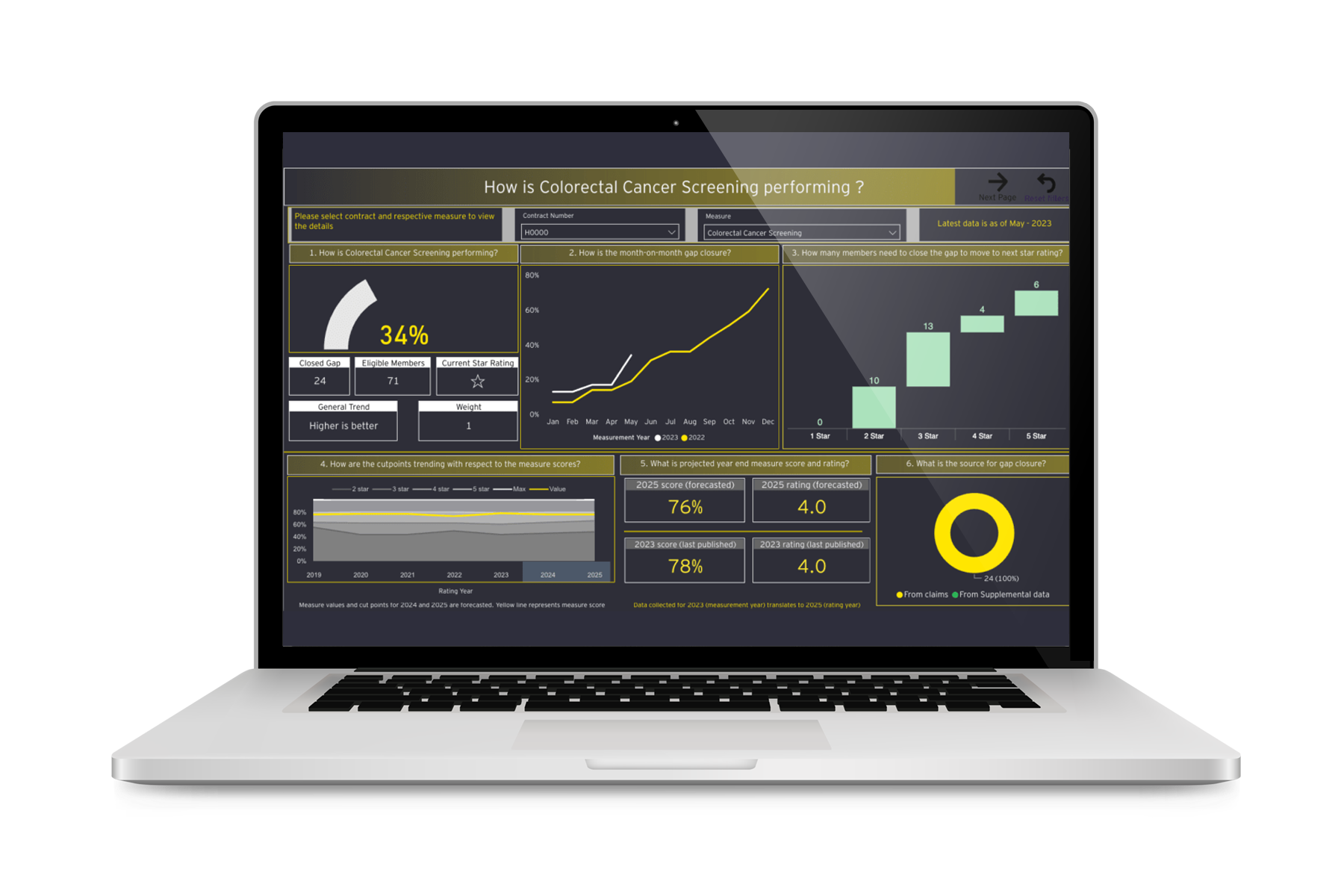Interoperability - Electronic Prior Authorization (ePA)
The US government has recently stipulated that prior authorizations (typically required by payers for high-expense or non-routine treatments) must be electronically enabled by the end of 2024, especially for Medicare Advantage plans. Given that prior authorizations have historically been based on archaic phone or fax communications, both payers and providers need out-of-the-box solutions that can be rapidly deployed and utilized by hospital mid-office and payer staff.
The EY team provides a full suite of ePA assets to support payers:
- CDS Hooks
- DTR on FHIR¹
- FHIR form templates
- Assessment frameworks
- Wireframes
In addition, the EY ePA solution set contains workflows for musculoskeletal, orthopedic and other high-impact treatments, which are likely use cases for ePA in Medicare Advantage plans.
¹ DTR on FHIR means Documentation Templates and Rules on Fast Healthcare Interoperability Resources.
Cost of Care Optimization
Medical cost trends reporting has primarily been request-based, limiting development of exhaustive assessment and root cause analysis. A reduction in medical costs can be achieved through an integrated and holistic approach to adjusting cost management levers such as medical policies, pre-authorizations and more with the ability to:
- Identify member condition and site of care as well as type of service-driven medical cost trends
- Identify potential medical cost optimization opportunities by leveraging claims and a hypothesis-driven approach
- Derive research-driven chronic-behavioral conditions “crosswalks” to identify correlated conditions and manage population health much more effectively
Risk Adjustment Toolkit
By leveraging sophisticated analytics techniques, payers can optimize their risk adjustment strategies, improve financial outcomes, and ensure equitable access to quality healthcare for all members by:
- Calculating and validating risk adjustment factor for each member using models
- Capturing new and uncoded diagnosis (suspect analytics)
- Periodically confirming the presence of chronic illnesses and pre-existing health conditions in members
- Care and disease management via programs analysis and recommendations










